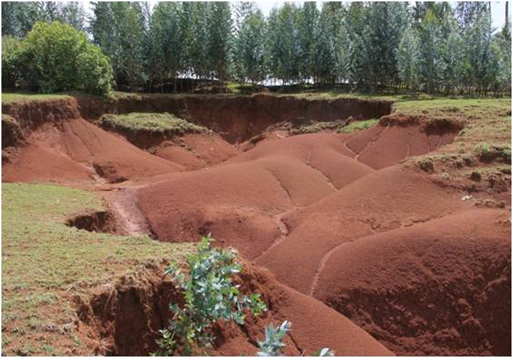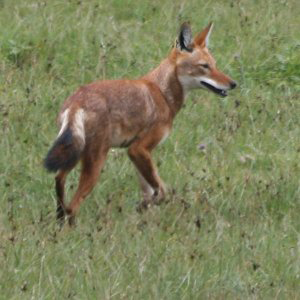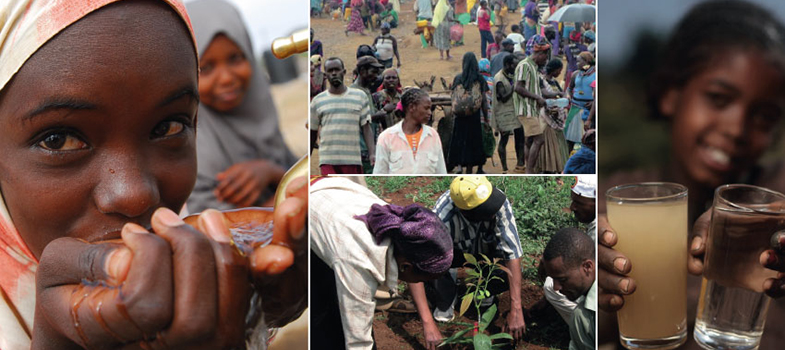11.2 Climate change impacts on the environment
Climate change has several impacts on the environment in addition to the disruption to water resources we have just described. Increased heavy rainfall as a result of climate change can cause soil erosion, crop damage and waterlogging, which makes the land difficult or impossible to cultivate for agriculture. It is estimated that Ethiopia loses more than 1.5 billion tons of fertile soil each year through heavy rain and flooding; this lost soil could have increased the country's crop production by an estimated 1.5 million tons (Tamene and Vlek, 2008). Soil erosion like that shown in Figure 11.1 aggravates the problem of food security in the country.

Climate change is also expected to affect biodiversity significantly, because it will change the environment and climatic conditions where plants and animals live (IPCC, 2007b). The average global surface temperature is about 15 ºC and it is estimated that if the global average temperature increases by 1.5 ºC to 2.5 ºC, many species will not be able to survive in the warmer environment (IPCC, 2007b). According to the IPCC report, at present rates of climate change, about 20–30% of the world’s plant and animal species will become extinct by the 2080s, and between 25% and 40% of mammal species in sub-Saharan Africa will become endangered. In Ethiopia, the unique environments that support our already endangered species (Figure 11.2) are becoming less hospitable because climate change is causing longer dry periods and shrinking the available water resources.

11.1 Climate change impacts on human health
